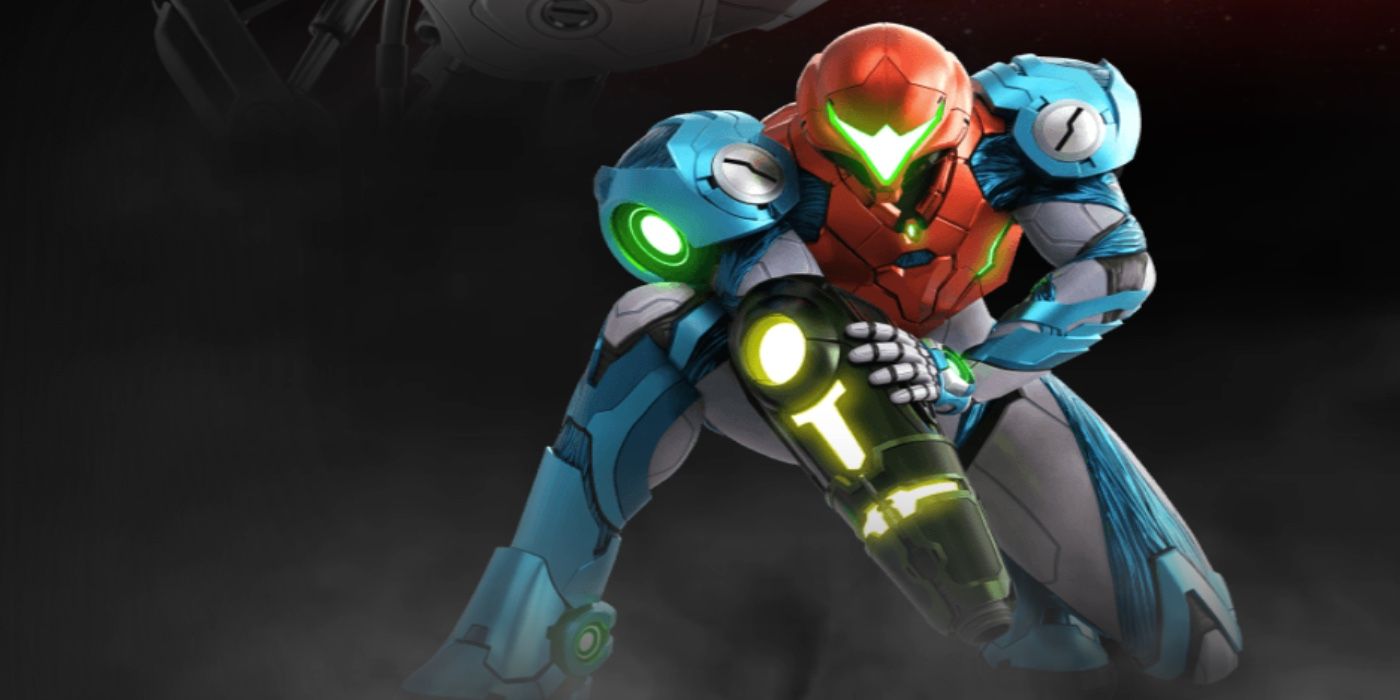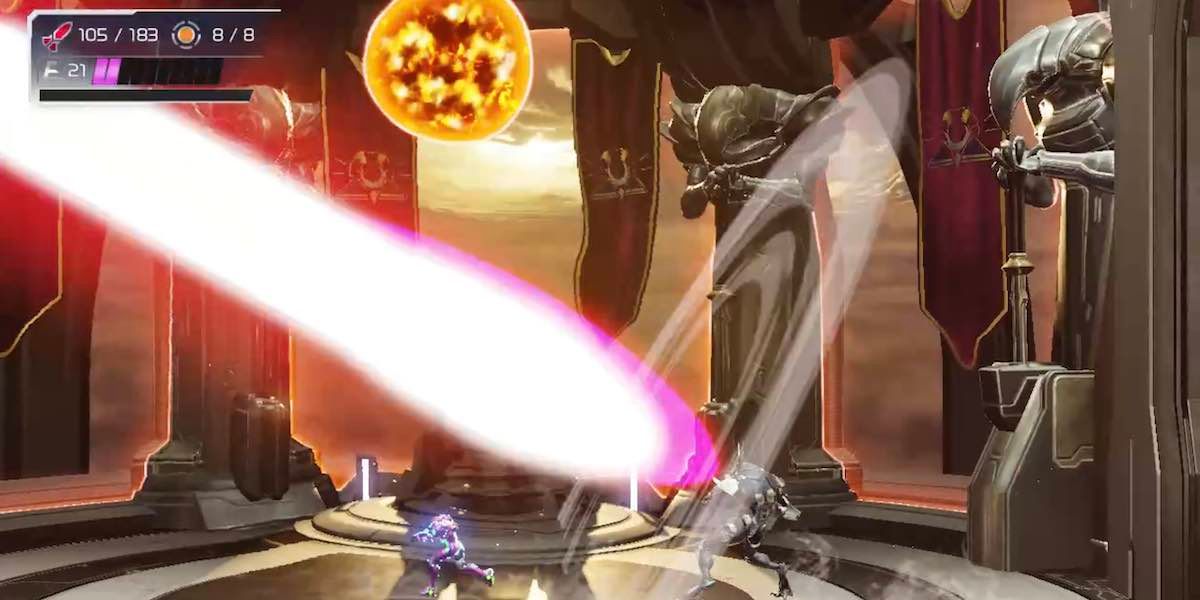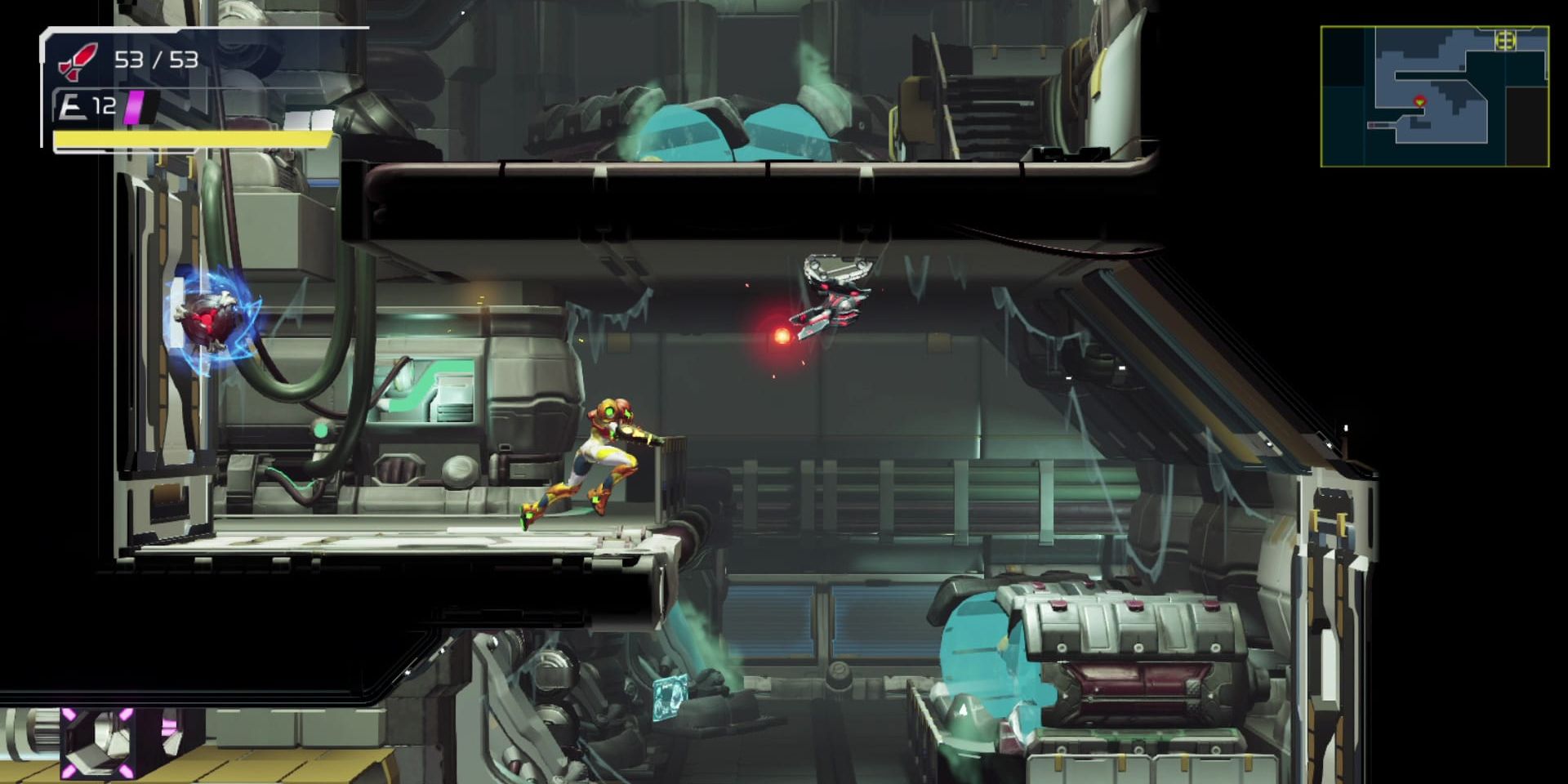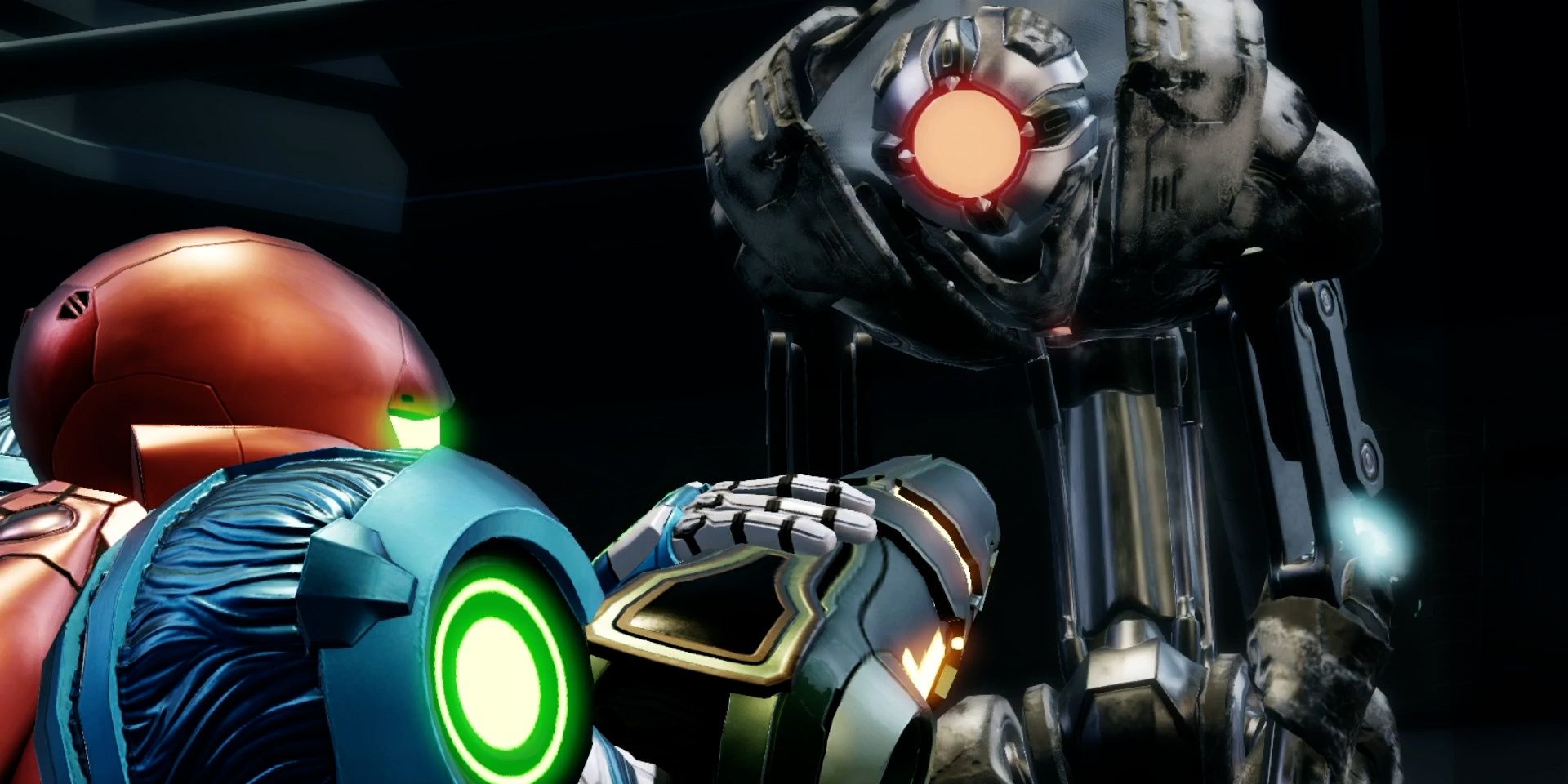The Nintendo Switch has been a huge success since its release five years ago. Its popularity is justified by its brilliant library of games, the best of which are its excellent selection of first-party IPs, including the iconic Mario, The Legend of Zelda, and Metroid franchises. However, compared to its rivals, its third-party support is somewhat lacking.
One key example of this limited third-party support is the lack of highly rated FromSoftware games, with just Dark Souls Remastered available to the Switch's huge player base. Thankfully, fans of FromSoftware's tough, but fair, and hugely satisfying gameplay have other options to keep them happy. Metroid Dread was well-received by fans and critics alike when it released just over a year ago, and it shares many similarities with FromSoftware's most popular games. Fans of these titles will love its tough, exploration-focused gameplay and horror edge.
Metroid Dread Offers Gamers a Real Challenge
FromSoftware games are renowned for their difficulty and Metroid Dread is certainly cut from the same cloth. Samus Aran's adventure on Planet ZDR is incredibly punishing, but satisfying as a result. The boss battles are especially brilliantly designed to be difficult, but rewarding. They, like FromSoftware's counterparts, encourage players to learn their opponents' movesets and routines in order to beat them. The bosses also have several stages that players must conquer, and their terrifying designs make them even more intimidating. As a result, the feeling players get when emerging victorious is like none other.
Metroid Dread Rewards Player Exploration
Being the franchise that spawned the sub-genre Metroidvania, Metroid games are arguably best known for their exploration and intricate level design. Metroid Dread shines in this regard, rewarding players for their exploration by opening up new paths and shortcuts containing various new abilities and items. These new avenues link back to earlier areas and open up new ones, allowing players to progress through the world.
Although FromSoftware games aren't Metroidvanias per se, they do include several key similarities. For example, players can progress far enough into levels to unlock shortcuts to help them progress more easily on their next run-through. The games' levels are also cleverly designed to connect, allowing players to open up new paths in a similar style to Metroidvanias.
Although Metroid Dread's exploration is key to progressing the game, it also hides a plethora of optional rewards throughout its levels. These are often a challenge to reach, and players must masterfully combine several abilities to get the rewards. Again, the satisfaction from achieving these feats is huge, and players feel rewarded for their curiosity in exploring optional areas. FromSoftware does this aspect brilliantly by hiding items, NPCs, and other secrets in its game worlds to reward those who go out of their way to find them.
Metroid Dread's Eerie Setting Will Appeal to FromSoftware Fans
Finally, Metroid Dread has an eerie tinge of horror to both its setting and gameplay. Its unnerving soundtrack and dark, isolated world set players on edge in the same way as many FromSoftware titles do. Its dangerous enemies, especially the deadly, mechanical EMMIs, enhance this terror as players grow to fear what awaits them around the next corner. This sinister underlying feel to the game will certainly appeal to many FromSoftware fans who like to be outside their comfort zone. Overall, Metroid Dread is a game worth recommending to anyone, but FromSoftware fans will especially love this Nintendo Switch experience for its challenge, rewarding exploration, and horror feel.




